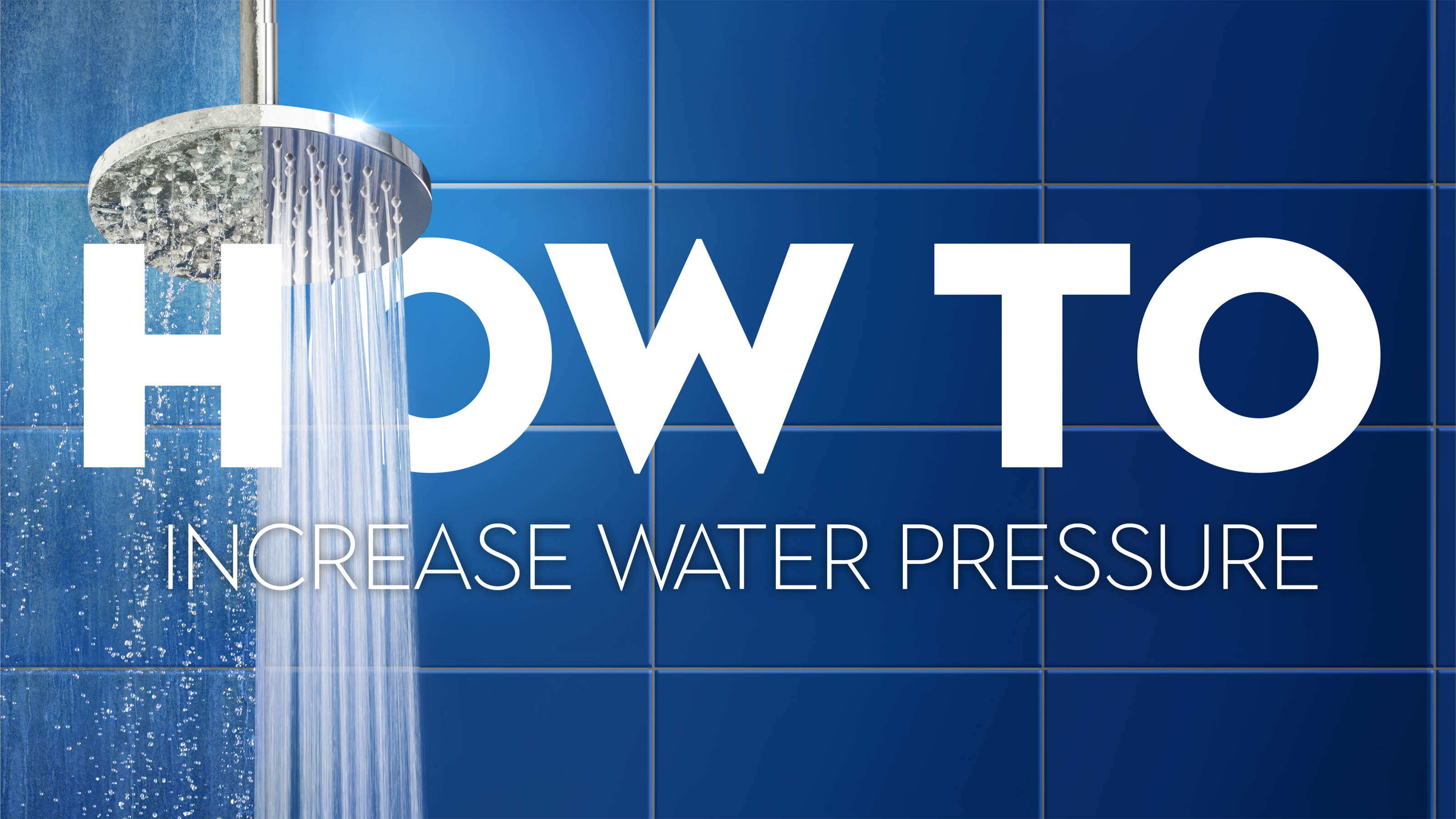

If you're sitting here searching for how to increase water pressure in the shower and more generally around the home – we feel for you. After all, a dribbly shower can ruin the start of your day, and if you just want to indulge in a bit of self-care – low flow is a no-no. Whether you want to wash away the clamminess of your commute or the kids are a bit whiffy, a fully-functioning shower, with a steady stream of H2O is a household essential.
While the best high-pressure showerheads promise to improve the force of which your water comes out, there are cheaper alternatives to acquiring a new spray head. In most cases, limescale is the culprit, and cleaning your outputs (including their spouts and nozzles) is an option that should be considered before splashing out on bathroom paraphernalia.
We spoke to the experts who are a fountain of knowledge when it comes to blocked, leaky, and damaged pipes and faucets. So before you throw money down the drain with unnecessary plumbing appointments, look to see if you can solve the problem yourself.
How to increase water pressure in the home
'There are various actions you can take to boost the water pressure in your home and some reasons can be really easy to fix.' assures Richard Southern, plumbing expert from PriceYourJob.
1. Check your water mains valve
'Firstly, check your water mains valve, which is often found under the kitchen sink. The valve should be completely open to allow water to flow through easily, so even if it is just slightly closed, then this can restrict its flow,' instructs Southern.
'If your water pressure is normal with some taps but not with others, then this would be a sign of a localized blocked pipe, which can especially be an issue if you live in a hard water area with high levels of limescale. Check your taps and if there is significant limescale present, then this could be a sign that limescale may be the issue.'
'If the water supply is downhill and far away from your home, then you will naturally struggle to get a strong water supply than a home closer to the water supply. To improve this, have a booster pump installed by a trusted plumber who can ensure the pump is approved by the Water Regulations Advisory Scheme, as there must be safeguards on the pump to ensure the pump is fit for use. A pump re-pressurizes water before it enters your home, instantly improving your water pressure.'
Though a big investment, a water softener, like the Whirlpool WHESFC Pro Series – Softener/Whole Home Filter on Amazon will reduce the hard water minerals in your H2O. Soft(er) water has so many benefits for your skin and hair, so is an all-round winner in the home.
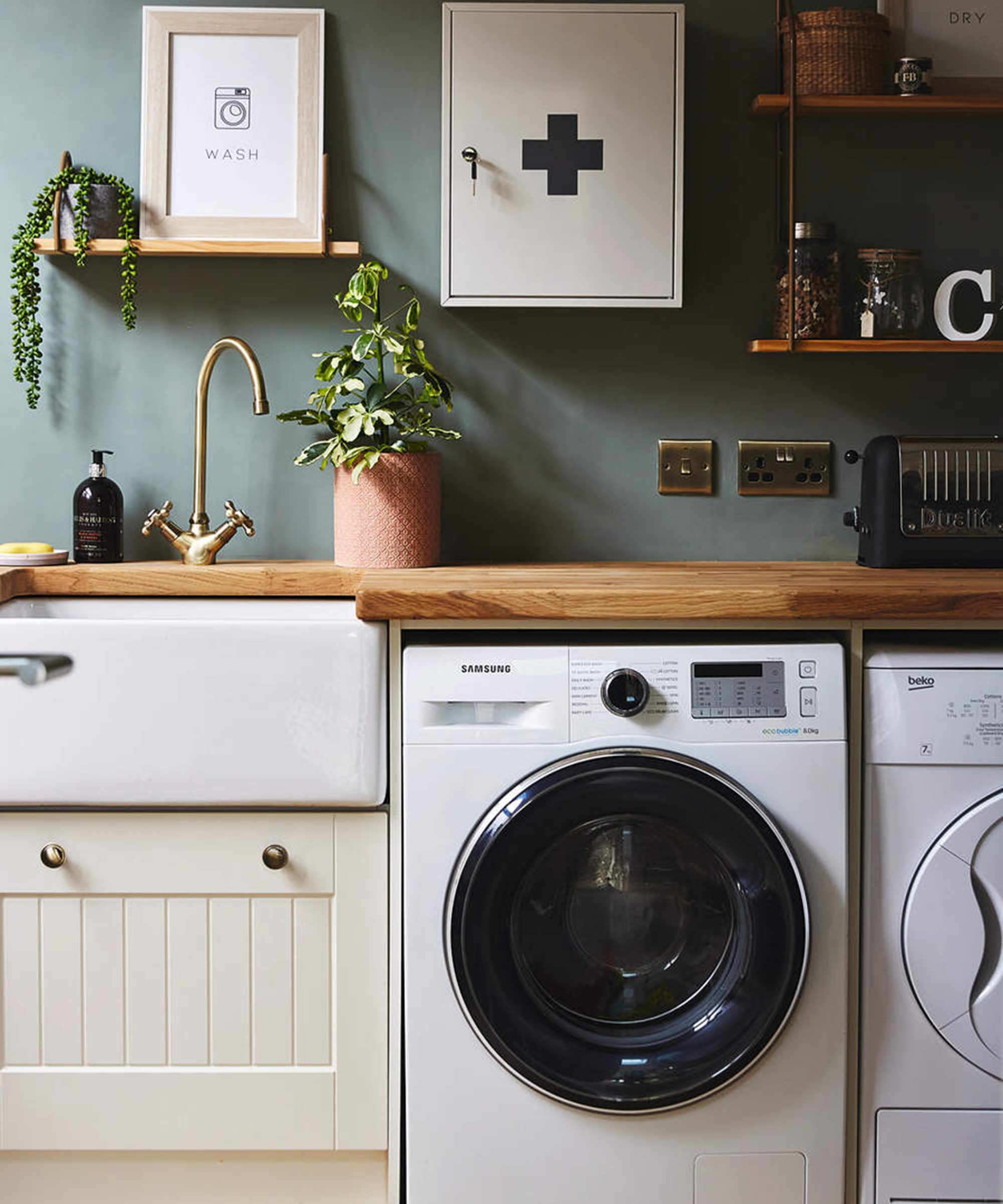
What are the tell-tale signs of low water pressure?
It's sod's law when appliances misfire when the manufacturer's warranty is up. But if your dishwasher isn't filling up, it might be a warning sign of low water pressure, rather than the machine itself. So before you start shouting expletives at your dishwasher, it's worth doing your due diligence with a simple diagnostics test instead.
'You can buy a water pressure gauge from a DIY shop to test the strength in your home, but usually this is an unnecessary step as it can be quite obvious to tell you have low water pressure.' advises Southern.
'If your shower is weak, the washing machine takes longer to fill up or if your tap feels slower than it should then you most likely have a low-pressure issue.'
'If you are not sure, try filling up a bucket, or even just filling up a kettle. Turn the tap on its highest level and time how long it takes. If it takes longer than around 30-40 seconds then this is a sure sign you have low pressure.'
This Measureman 2-1/2" Dial Size, Glycerin Filled Pressure Gauge from Amazon is a best seller and is a lot cheaper than calling out a plumber.
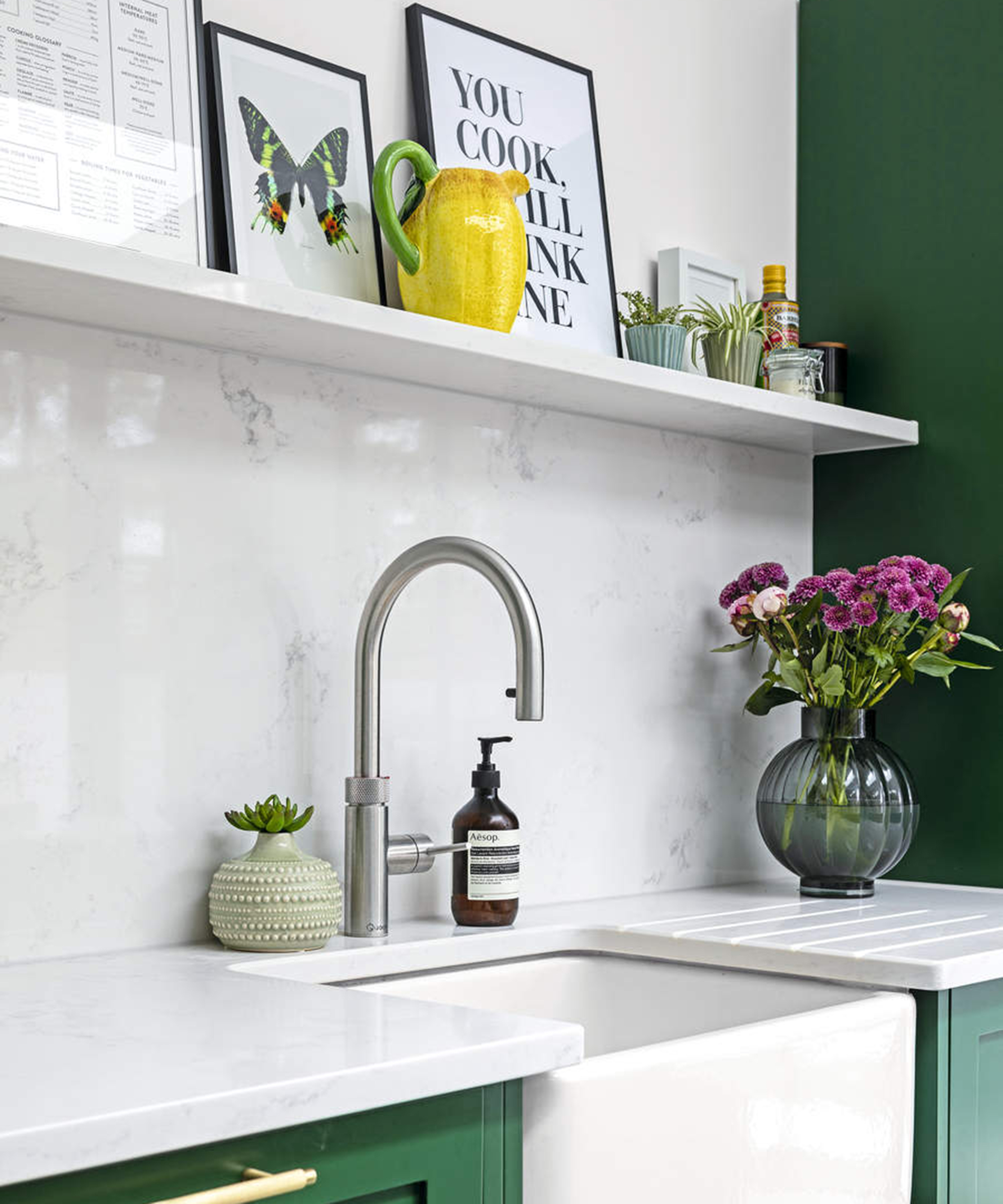
Can you increase your own water pressure or do you need a plumber to do it?
'This is dependent on the issue,' says Southern.
'Sometimes low water pressure can be caused by a simple issue, such as a slightly closed water valve or a build-up of limescale on taps, which can be easily resolved. If your shower is the only issue, then you could try changing showerheads and getting one that promises to improve water pressure.'
'If, however, the quick fixes don’t work, then you will need to contact a reputable plumber, who will come and inspect and assess the issue. Depending on your location, they may advise installing a booster pump to help increase pressure, or they may check for blocked pipes that need unblocking.'
If your pipes appear blocked during winter, you might have frozen pipes. Evidently, water may turn to ice, which would explain the reason for low water pressure. If this happens over the holidays or out of hours, plumbers can up their rate for an out-of-hours call out. Luckily, thawing your pipes is something you can DIY with a hairdryer, hot water bottle, heater, or heat lamp.
However, if your best kitchen faucets are dripping – you might have leaking pipes. In this case, calling out a professional is highly advised.
How can I increase water pressure without a pump?
'If you live uphill or far away from your water source then a pump will most likely be the best solution for your low water pressure,' comments Southern.
'However, if you do not live too far away from your water source then there are numerous ways to increase your water pressure without needing to invest in a pump.'
'Firstly, ensure your water valve is completely open to allow water to flow through freely, and check for limescale build-up around taps. Calling out a plumber to assess all potential issues and advise on the best next steps may be necessary.'
Give your water pressure a helping hand with a booster, which you can get from Amazon.
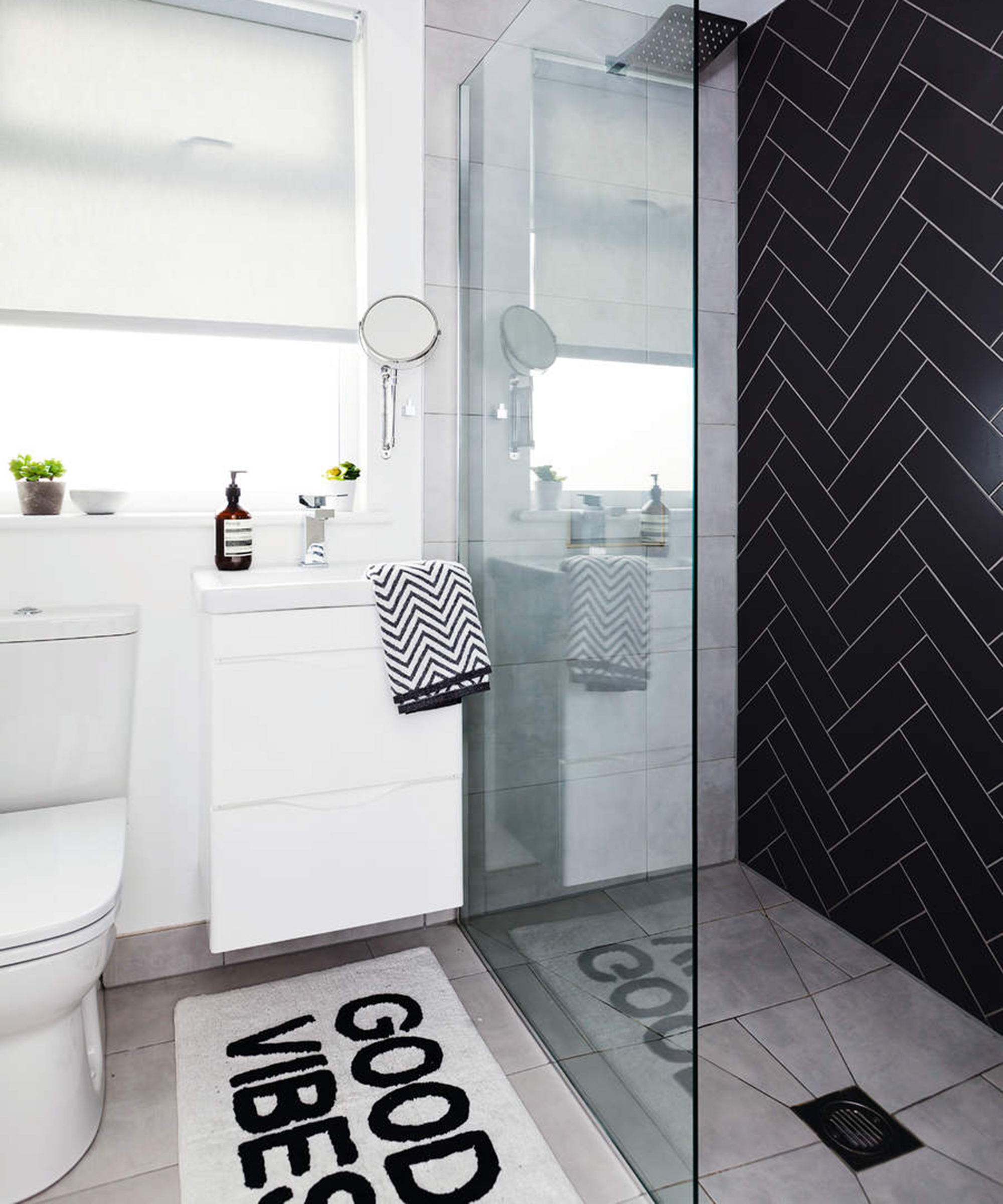
Why is my shower pressure low?
Southern says: 'Low water pressure, specifically in the shower, can be caused by several issues, from a clogged showerhead, worn-out mixing valve or a faulty water heater,'
'If your shower head is visibly clogged with limescale then it is definitely worth investing in a new shower head and this should hopefully improve the pressure. If this is not the case, then contact a plumber who will be able to assess your shower and determine the issue.
'Usually, low shower pressure can be fixed, whether it is just a case of replacing a mixing valve or checking the boiler and ensuring it is working efficiently.'
However, if money is tight or you have a couple of minutes to spare, try removing the limescale build-up on your shower accessory first. Our guide on how to clean a showerhead doesn't require you to splash out on the best bathroom cleaners. Instead, try cleaning with vinegar or a budget-friendly baking soda cleaning hack instead.
Lynsey Crombie, aka Lynsey Queen of Clean has her own ways to clean a showerhead.
She says: 'If it is a removable shower head, take it off pop it in a bucket of water with some white vinegar or a large sandwich bag soak for 15 minutes,'
But if you have a waterfall shower head fixed to the wall – don't worry, as Crombie has this covered – quite literally. In this instance, she advises using a tea towel drenched in vinegar to cover the fixture.
'That is going to remove that limescale and those hard water deposits and bring your shower head up like new.' she adds.
Alternatives to plumbing call-outs
Contingency is key when it comes to maintaining consistent water pressure, so make sure you're prepared for when an issue arises with your residential water system. In the UK, Thames Water, in partnership with British Gas, has plumbing and drains cover for homeowners, which costs less than £1 a month. Though a small excess is applicable, all parts and labor is included so you're not shocked with any surprise charges.
Stateside, try the American Water Resources in-home plumbing insurance policy which starts from $3.99 a month, depending on your location.
Join our newsletter
Get small space home decor ideas, celeb inspiration, DIY tips and more, straight to your inbox!

Hi, I'm the former acting head ecommerce editor at Real Homes. Prior to working for the Future plc family, I've worked on a number of consumer events including the Ideal Home Show, Grand Designs Live, and Good Homes Magazine. With a first class degree from Keele University, and a plethora of experience in digital marketing, editorial, and social media, I have an eye for what should be in your shopping basket and have gone through the internal customer advisor accreditation process.
-
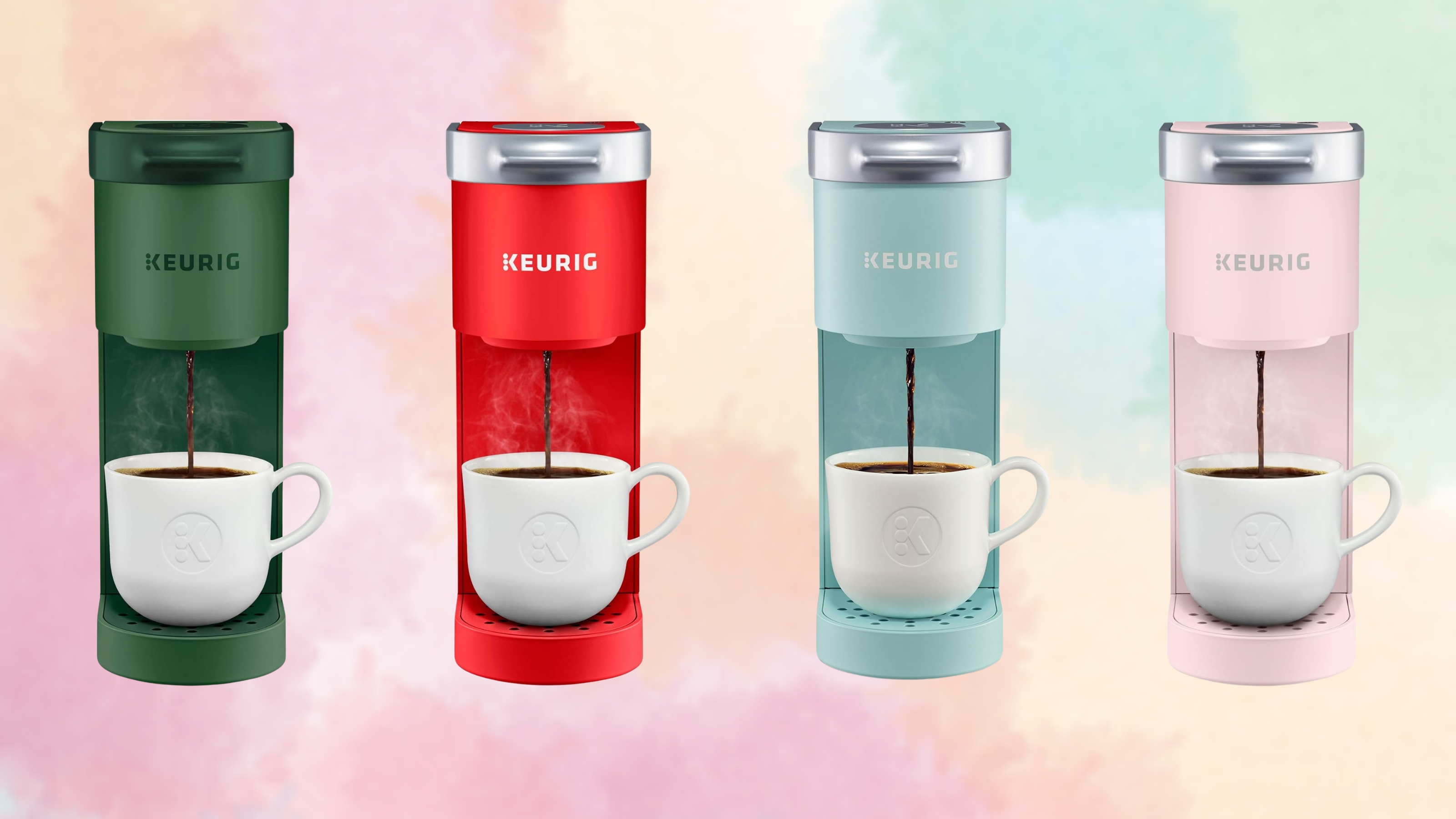 Amazon's bestselling Keurig K-Mini Coffee Maker sale is on now with 40% off — here's why 97,000 customers love it
Amazon's bestselling Keurig K-Mini Coffee Maker sale is on now with 40% off — here's why 97,000 customers love itAmazon's bestselling Keurig K-Mini Coffee Maker sale is on now and offers 40% off. Here's why we and thousands of customers love it. Plus, some alternatives
By Punteha van Terheyden Published
-
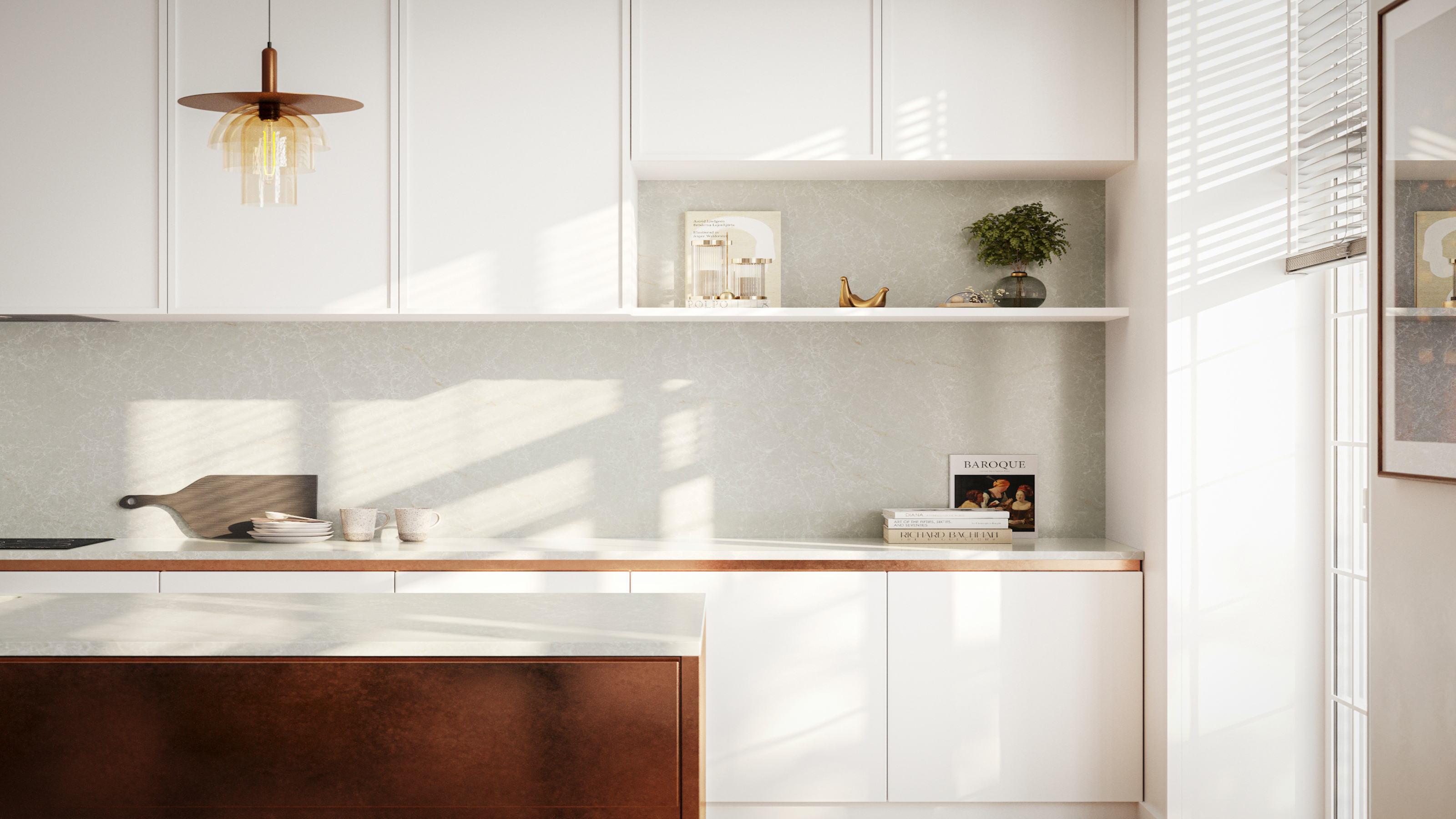 Pros reveal the 10 kitchen cabinet design mistakes to avoid, and what to do instead
Pros reveal the 10 kitchen cabinet design mistakes to avoid, and what to do insteadThe 10 common kitchen cabinet design mistakes when choosing and installing kitchen cabinets. Solutions to problems and how to avoid the issues.
By Isabella Charlesworth Published
-
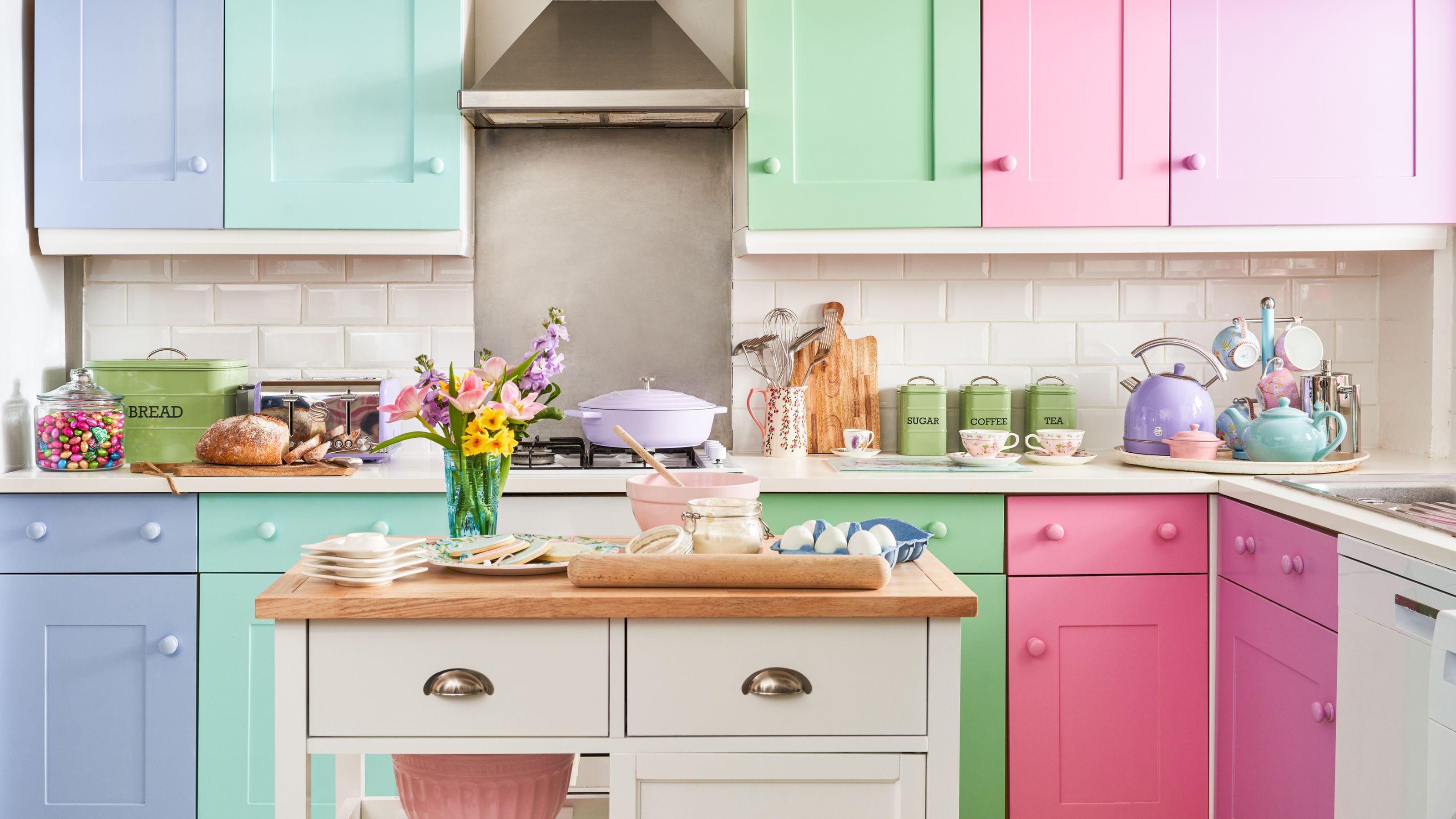 10 pretty pastel kitchen ideas that are utterly dreamy and delicious
10 pretty pastel kitchen ideas that are utterly dreamy and deliciousIce cream sweet pastel kitchen ideas are perfect for adding playfulness. We've asked designers for their favorite ways to bring these in light shades
By Eve Smallman Published
-
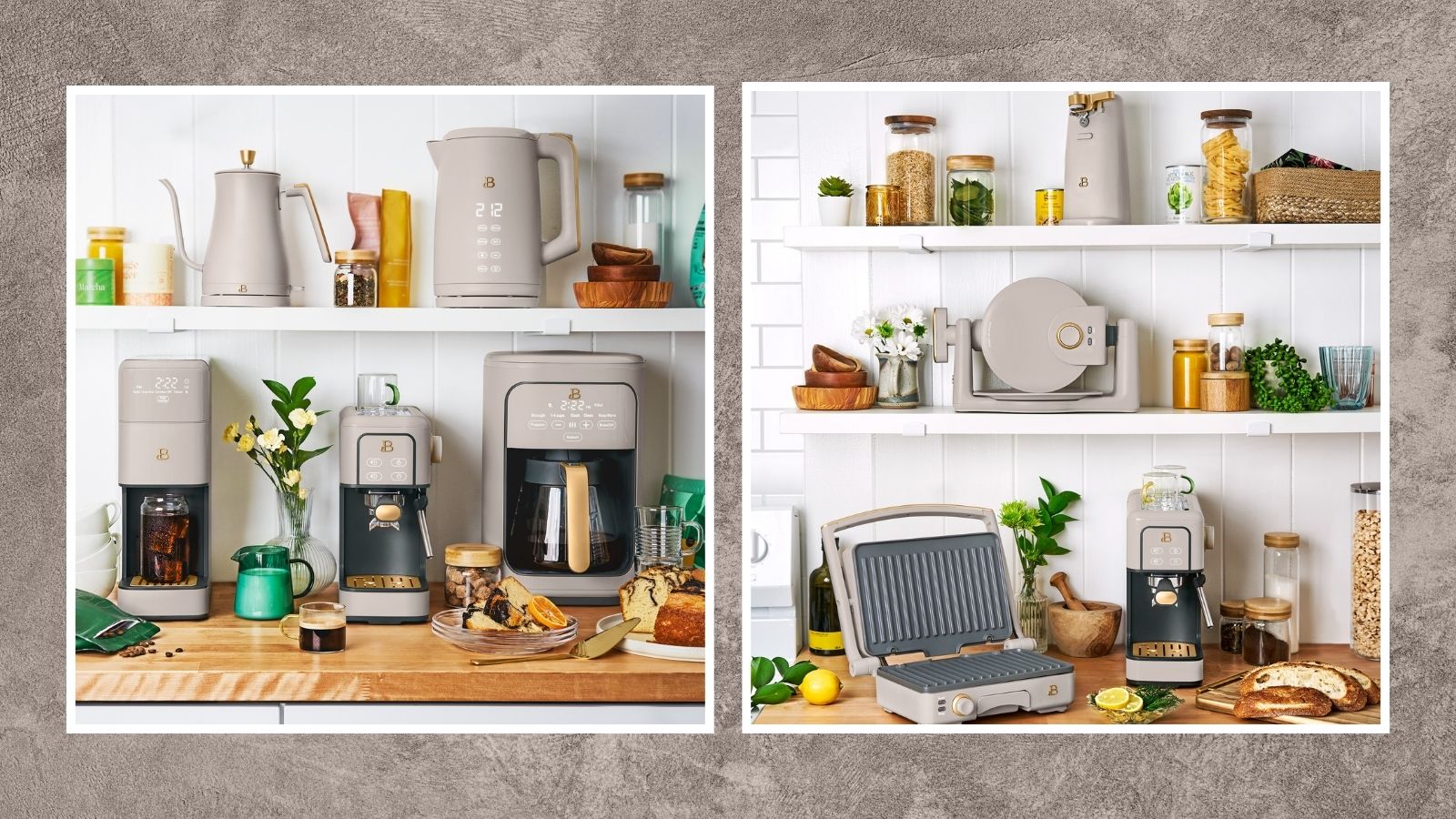 New Beautiful by Drew Barrymore kitchen appliances just dropped, and they'll take your brunch game to new levels
New Beautiful by Drew Barrymore kitchen appliances just dropped, and they'll take your brunch game to new levelsNew Beautiful by Drew Barrymore kitchen appliances just dropped — learn all about the waffle maker, espresso maker, electric can opener, and space-saving kitchen island
By Danielle Valente Published
-
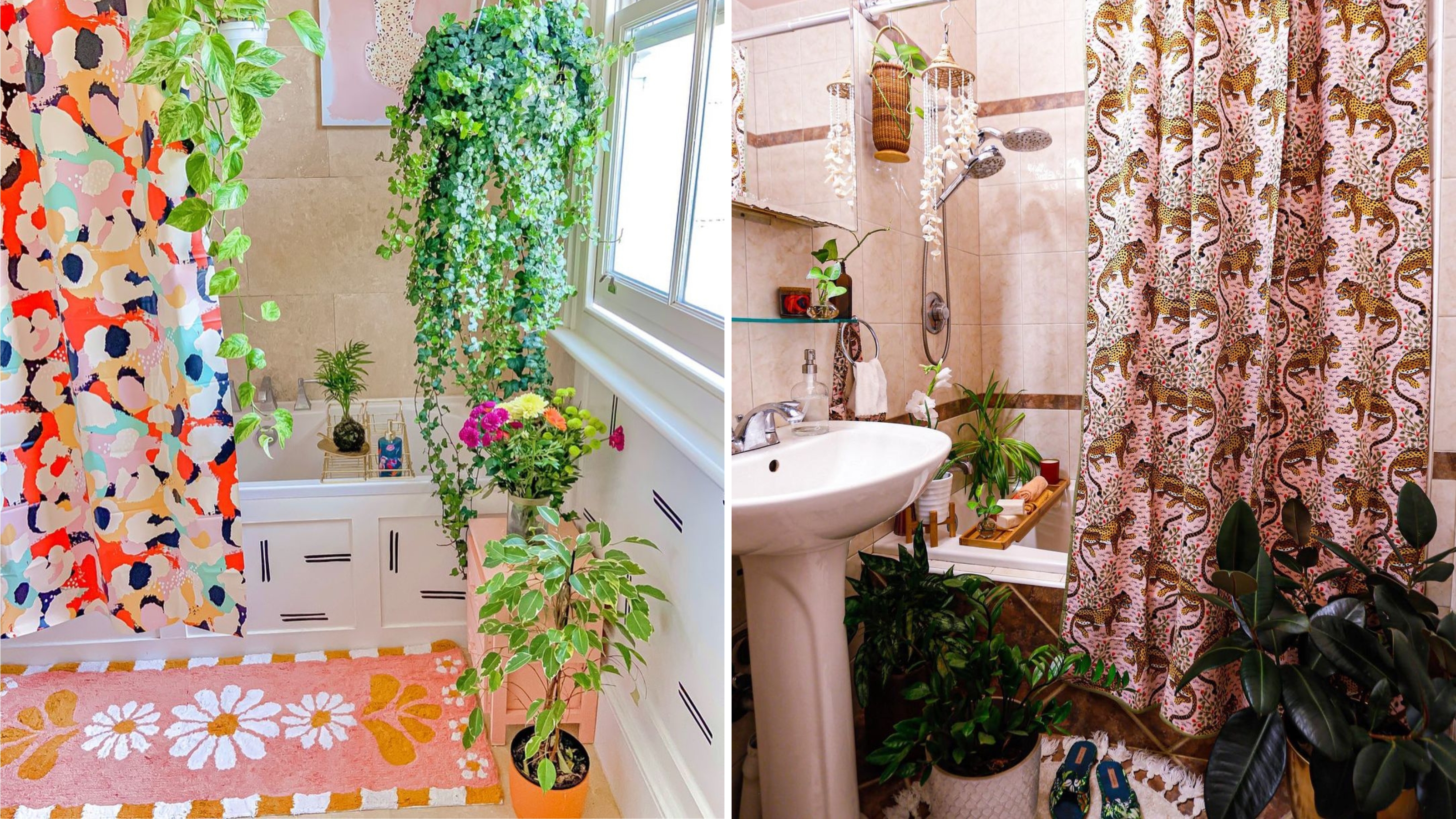 8 of the best small bathroom shower curtain ideas
8 of the best small bathroom shower curtain ideasDiscover these small bathroom shower curtain ideas to inject style and personality into your space. Everything from vibrant patterns to neutrals.
By Megan Murray Published
-
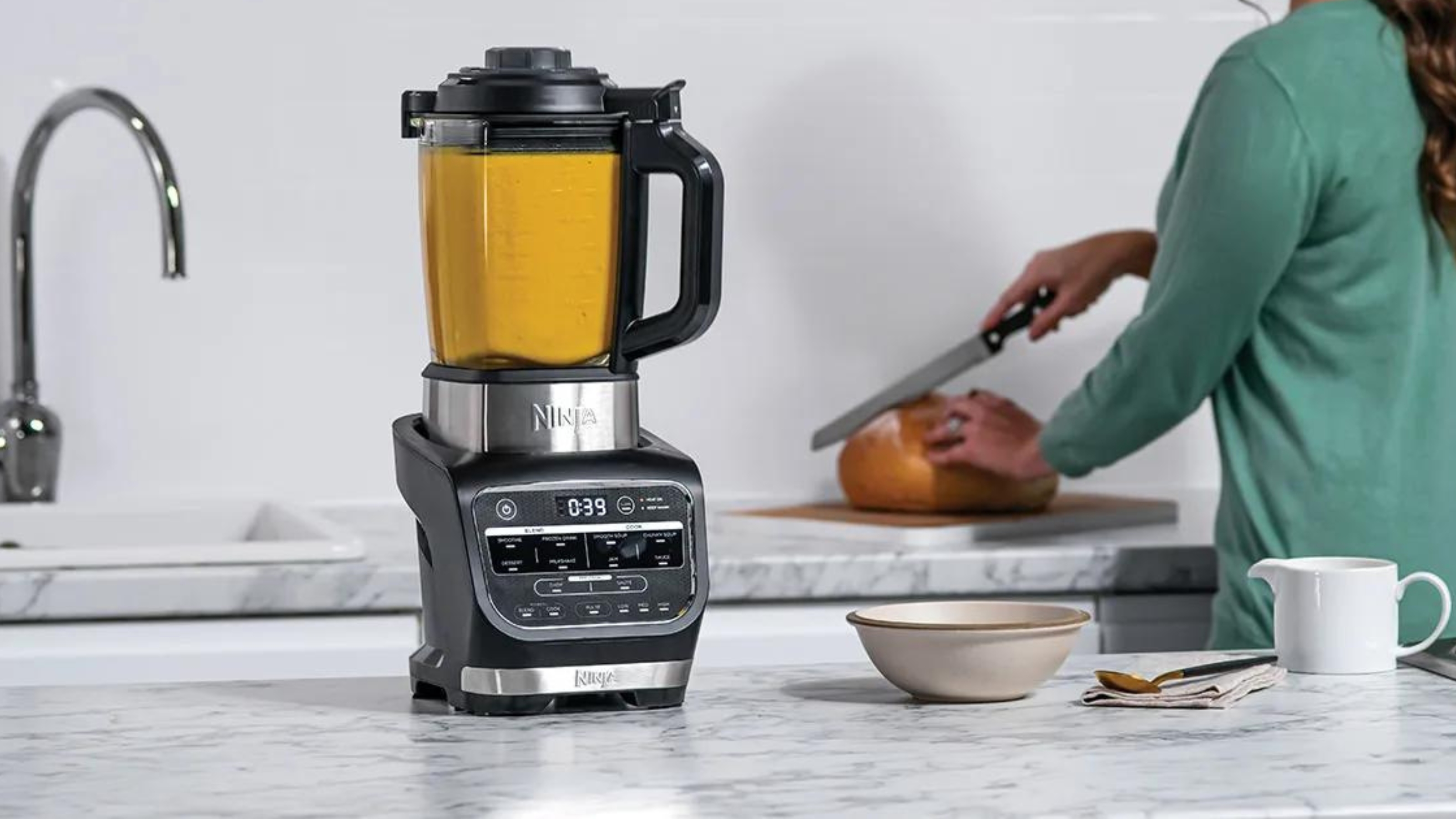
 The Ninja Foodi hot and cold blender has turned my kitchen into a fancy no-waste restaurant
The Ninja Foodi hot and cold blender has turned my kitchen into a fancy no-waste restaurantUsing the Ninja Foodi cold and hot blender, I've made hearty soups from just 65 cents per serving
By Christina Chrysostomou Published
-
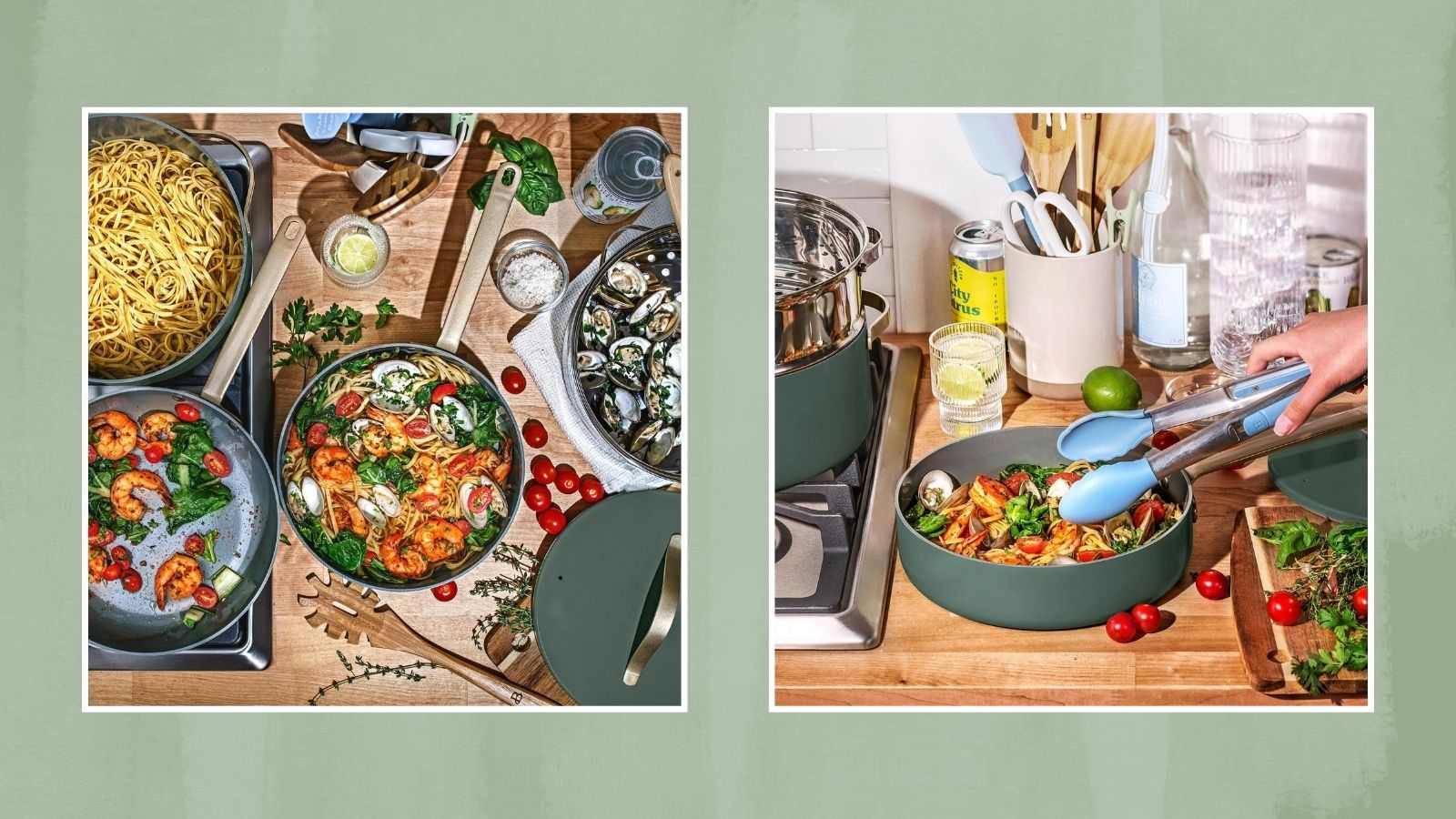 Drew Barrymore drops a new color in her Beautiful kitchen line just in 'thyme' for the holidays
Drew Barrymore drops a new color in her Beautiful kitchen line just in 'thyme' for the holidaysCheck out our edit of the Drew Barrymore cookware set and kitchen appliances in the limited-time "thyme green"
By Danielle Valente Published
-
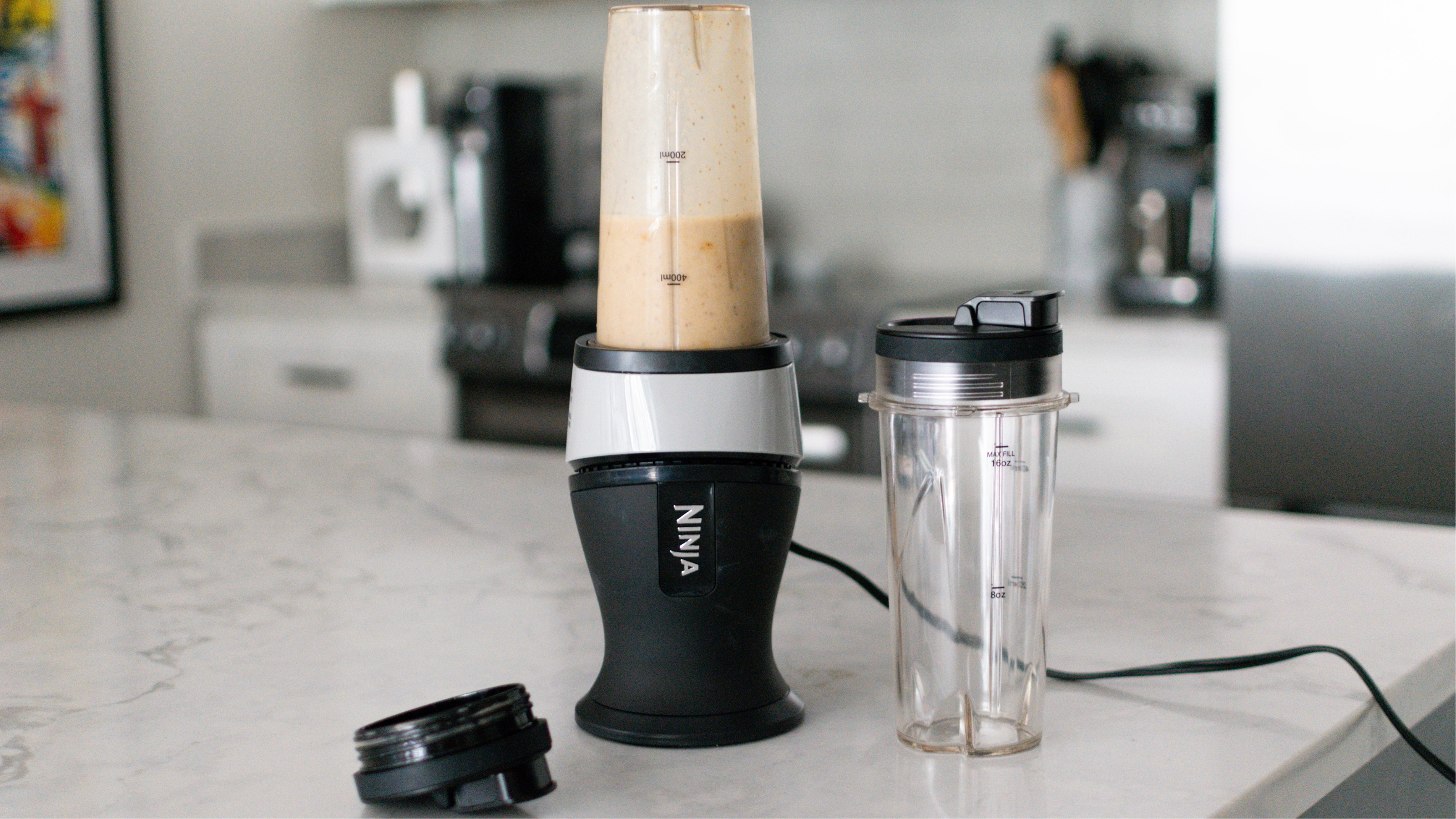
 The Ninja Fit blender is so compact that I no longer dread pulling out this type of appliance
The Ninja Fit blender is so compact that I no longer dread pulling out this type of applianceLearn more about the Ninja Fit blender in our comprehensive review after testing the kitchen gadget for several weeks and understanding all of its pros and cons.
By Heather Bien Published